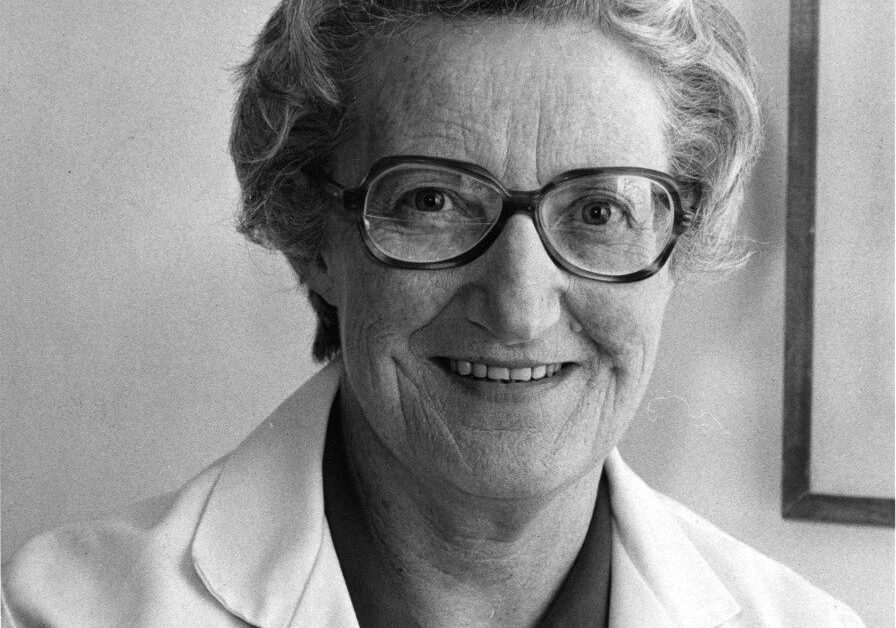The concept of hospice care can be traced back to ancient civilizations, where individuals were often cared for in their homes during the final stages of life. However, the modern hospice movement can be traced back to the work of Dame Cicely Saunders, a British nurse and social worker who established the first modern hospice in 1967.
Saunders was inspired by her own experiences caring for her terminally ill father, as well as her belief that people should be able to die with dignity and without suffering. She believed that the traditional medical model, which focused on curing illness, was not always the best approach for those facing terminal illness. Instead, she proposed a new model of care that prioritized comfort and quality of life for the patient and their family.
Saunders’ hospice, St. Christopher’s Hospice, was founded in London and provided a home-like setting where patients could receive medical, emotional, and spiritual support during the final stages of their lives. The hospice model quickly gained popularity and spread to other countries, with hospice programs popping up in the United States and other parts of Europe in the 1970s.
Today, hospice care is provided in a variety of settings, including hospitals, nursing homes, and patients’ homes. It is typically offered to individuals who are facing a terminal illness and have a prognosis of six months or less. Hospice care is designed to provide comfort and support for both the patient and their family, and may include medical care, pain management, emotional support, and spiritual guidance.
While hospice care has come a long way since its inception in the 1960s, there is still much work to be done to ensure that all individuals have access to high-quality hospice care. However, the hospice movement has made great strides in improving end-of-life care and helping individuals and their families navigate the final stages of life with dignity and compassion.
The Medicare benefit for hospice care was established in 1982 as part of the Medicare Hospice Benefit. This benefit was created in response to the growing need for end-of-life care and the increasing popularity of the hospice movement.
Under the Medicare Hospice Benefit, individuals who are enrolled in Medicare and have been certified by their doctor as having a terminal illness with a prognosis of six months or less are eligible to receive hospice care. This care may be provided in a variety of settings, including the patient’s home, a hospice inpatient facility, or a nursing home.
The Medicare Hospice Benefit covers a wide range of services, including medical care, pain management, emotional support, and spiritual guidance. It also provides for medications, medical equipment, and other supplies related to the terminal illness. The benefit also covers respite care, which allows the patient’s primary caregiver to take a break from their caregiving duties.
The Medicare Hospice Benefit is a voluntary benefit, which means that individuals have the choice to enroll in hospice care or continue with traditional Medicare coverage. However, once an individual elects to receive hospice care, they must give up their right to receive curative treatment for their terminal illness. This allows the focus of care to shift from trying to cure the illness to providing comfort and support.
Overall, the Medicare Hospice Benefit has played a vital role in improving end-of-life care and helping individuals and their families navigate the final stages of life with dignity and compassion. It has also helped to ensure that individuals have access to high-quality hospice care, regardless of their ability to pay.




